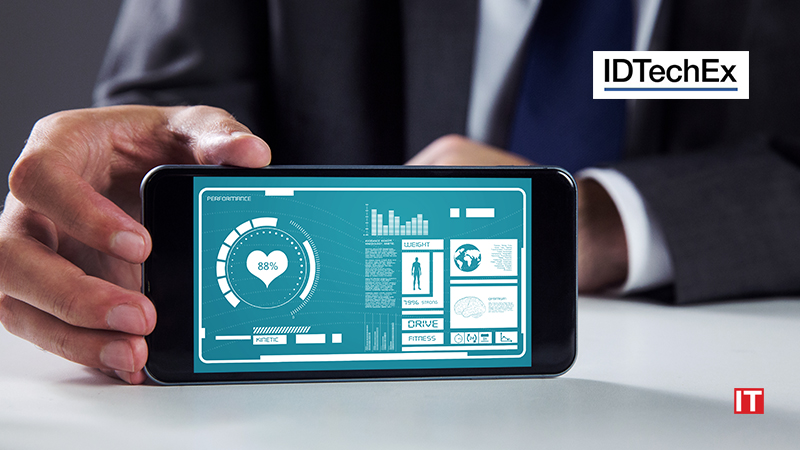Quantum sensors promise to unlock new applications through dramatically increased sensitivity. Characterizing the quantum sensor market, quantum sensing technologies, and quantum sensor players, with report covers 17 quantum sensing technology areas along with applications in electric vehicles, GPS denied navigation, medical imaging, and quantum computing with market forecasts from 2024 to 2044. It reveals significant opportunity, with the quantum sensor market forecast to reach US$7.1bn by 2044.
Quantum sensors use quantum phenomena to enable highly sensitive measurements of many physical properties. Quantum sensors can measure time (atomic clocks), magnetic field and current, gravity, angular motion, single-photons, and more. As such, interest is growing to manufacture quantum sensors for a variety of applications, including within electric and autonomous vehicles, brain scanners, quantum computers, underground mapping equipment, satellites, and even consumer electronics. Emerging technologies within this industry are also now benefitting from the growing hype around quantum computing and communication technologies, which is continuing to drive growth today.
Also Read: Waters Launches XBridge Premier GTx BEH SEC Columns for Gene Therapy Applications
Wide-Ranging Technologies and Applications
Given the diversity of technologies and target applications, there is a significant variation of technology readiness level (TRL) and addressable market size across the quantum sensor space. For example, millions of chip-scale tunnelling magneto resistance (TMR) sensors have been sold into the automotive sector for remote current sensing, while biomagnetic imaging with optically pumped magnetometers is still at a very early stage. Similarly, bench-top-sized atomic clocks have been used for years for research and accurate time tracking, while chip-scale devices have yet to become mainstream. Through conversations with both research centers and technology developers, the new IDTechEx report “Quantum Sensors Market 2024-2044” assesses the technical and commercial readiness level of each underlying quantum sensing technology and provides a roadmap for future development.
Each quantum sensing technology is analyzed in turn, discussing the fundamental operating principles, miniaturization and manufacturing challenges, competitive landscape, and industry players. The report covers atomic clocks, quantum magnetic field sensors, quantum gyroscopes, quantum gravimeters, and quantum image sensors. Each quantum sensor category is assessed using SWOT analyses and technical benchmarking tables. Applications explored include timing and inertial navigation, remote current sensing, biomagnetic imaging, underground asset mapping, and quantum computing read-out.
SOURCE: PRNewswire

































